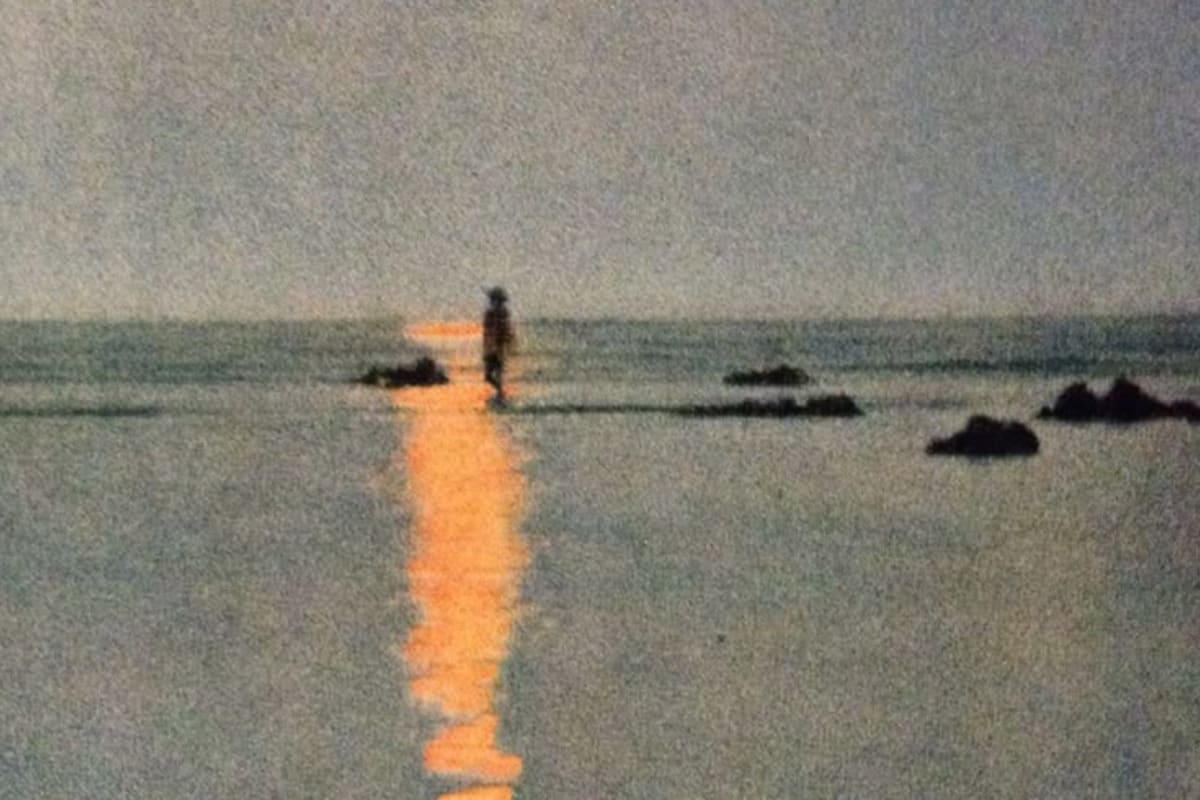Tosin: For Apartment 26, when you were curating which pieces would hang, what story were you trying to tell through the placement?
Apartment 26 was like stepping into one of the buildings from my Neighborhood series, but this time I focused on one story. The number 26 was intentional because that was how old I was and it felt like a defining moment in my career. Instead of a regular gallery setup with white walls, we turned the space into an actual apartment. We built doors, walls and a hallway so you had to literally enter the work.
At the entrance, before stepping through the door, you saw the hallway from the flyer recreated in real life. On the left I built the exterior of the building, Washington Street, which is the street the gallery was on. So it looped reality and imagination together. Real street, fictional building, physical hallway mirroring a painted hallway.
Once you opened the door, the first painting you saw was that same hallway, but this time there was a woman standing at the door. You are not sure what she is feeling. Is she arriving, hesitating, thinking of leaving? Then it invites you in. Let’s enter Apartment 26.
Inside, I like to add humor, so the first room was a bathroom. You walk in and you are intruding on her privacy. She is sitting on the toilet, not using it, holding a blunt and shirtless, just trying to find peace. And you, the viewer, have just walked in on her moment. From there you move into the living space. She has just arrived, her duffel bag is there. I made actual furniture for the show and then painted those same pieces back into the artworks so the physical products and the paintings spoke to each other.
There was a mirror portrait of her. When people took photos it looked like they were inside the painting with her. Someone even bought that mirror. There was also a party scene like a housewarming. Everyone gathered together inside this apartment world. The final room was the living room of the aunt, uncle and child she is staying with. I built everything. Woodwork, tiles, furniture. It was fully immersive.
The point was to merge worlds. Fine art, product design, commercial objects, storytelling. People say commercial art has no place in fine art and that it is kitsch. This show was my way of proving that you can bring products, textiles, wallpaper and furniture into a fine art exhibition and have it hold the same power.


